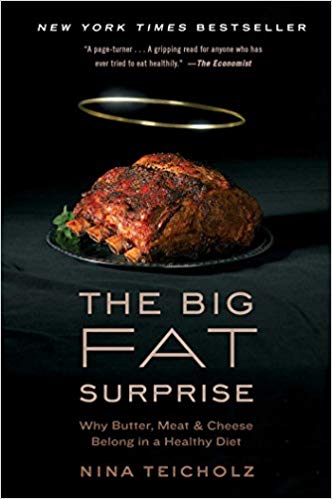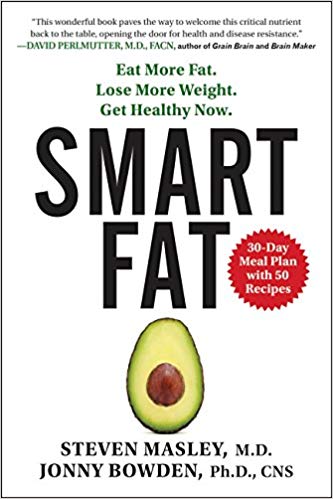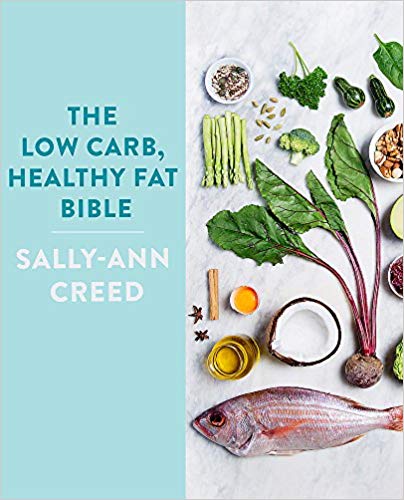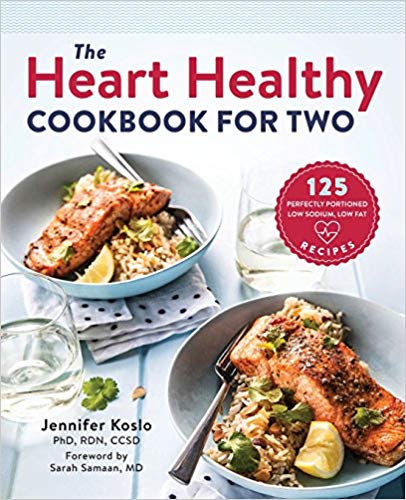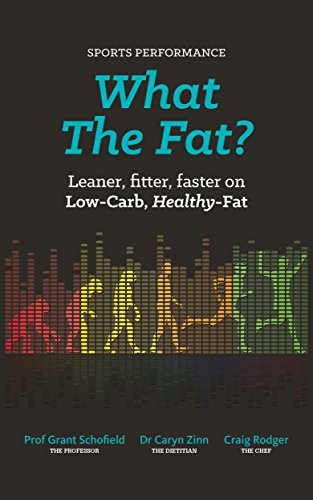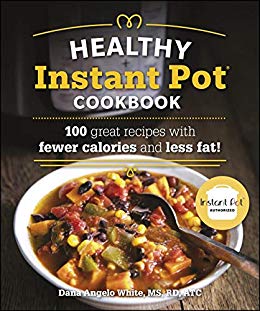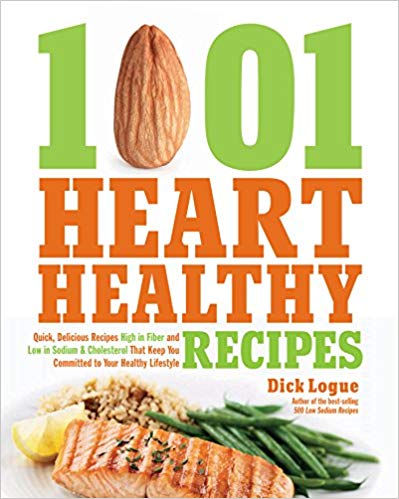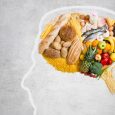No one likes to talk about the F-word because, well, what good could you possibly say about it? What you probably didn’t know is that you can actually burn fat just by eating more of it. The trick is to know which fats to eat and how much a healthy serving size is. Let’s take the time to reintroduce you to fats and the good they can do for your body.
Benefits to Healthy Fats
- Helps absorb Vitamins A, D and E
- Improves mood
- Boosts immune system
- Aids in weight loss
- Vital for the nervous system
Different Types of Fats
Part of the reason why fat has gotten such a bad reputation is because all varieties of fats are lumped into the same category. Yet just like carbs and sugars, there are both good fats and bad fats. Of your total daily calories, 25 to 30 percent should come from healthy fats, so there’s definitely good reason to incorporate them into your diet.
But, the question still begs: Why are people gaining weight off of fat when it’s a good thing? For two reasons. First, they choose the wrong types of fats, and second, they eat too many fats (even the good ones). It’s estimated that nearly 40 percent of our diets come from fat, and this adds too many calories to the body. Fats taste good, enhance the flavors of food and come packed in many American favorites, including fast food and processed meals. This makes it hard to avoid bad fats.
Here’s the skinny on the different types of fats:
Good: Monounsaturated Fats
- Raises good cholesterol levels
- Protects against the buildup of plaque in the arteries
- Prevents belly fat
Good: Polyunsaturated Fats
- Lowers bad cholesterol levels
- Contains essential omega-3 fatty acids
- Boosts brain function
- Strengthens immune system
Bad: Saturated Fats
- Raises cholesterol levels
- Increases heart disease risk
Bad: Trans Fats
- Raises bad cholesterol levels
- Lowers good cholesterol levels
- Increases inflammation in the body
What Types of Fats Should I be Eating?
For obvious reasons, you want to stick to unsaturated fats because they have many benefits for the body. Still, too much is not necessarily a good thing. Stick to just a couple of tablespoons a day of monounsaturated fats such as olive oil, canola oil, peanut butter, avocados or cashews. Polyunsaturated fats are found in fish, flaxseed, walnuts and chicken and beef. Aim for wild-caught fish and grass-fed beef that reduce omega-6s that can lead to inflammation. Two to 3 servings of these foods each week is sufficient.
There is some room in your diet for saturated fats, but very little. Saturated fats should account for less than 10 percent of your diet, especially when trying to lose weight. These fats are found in dairy products, so stick to low-fat or fat-free milk, cheeses and yogurts if you want to lose weight. Trans fats should be avoided completely, but don’t be fooled by labels. Even packages that are labeled “Zero Trans Fat” may have 0.5 gram, so eating more than one serving may contain a gram or more of trans fat.
It’s time to end the love affair we have with bad fats, and instead focus on the good ones. Since it’s easy to overeat on foods like cake, cookies and french fries, your best bet is to avoid them altogether. Choosing healthy fats is better for your heart and will help you accomplish your goal in losing weight by controlling body weight and belly fat. Just remember: the type of fat and portion control is key.



